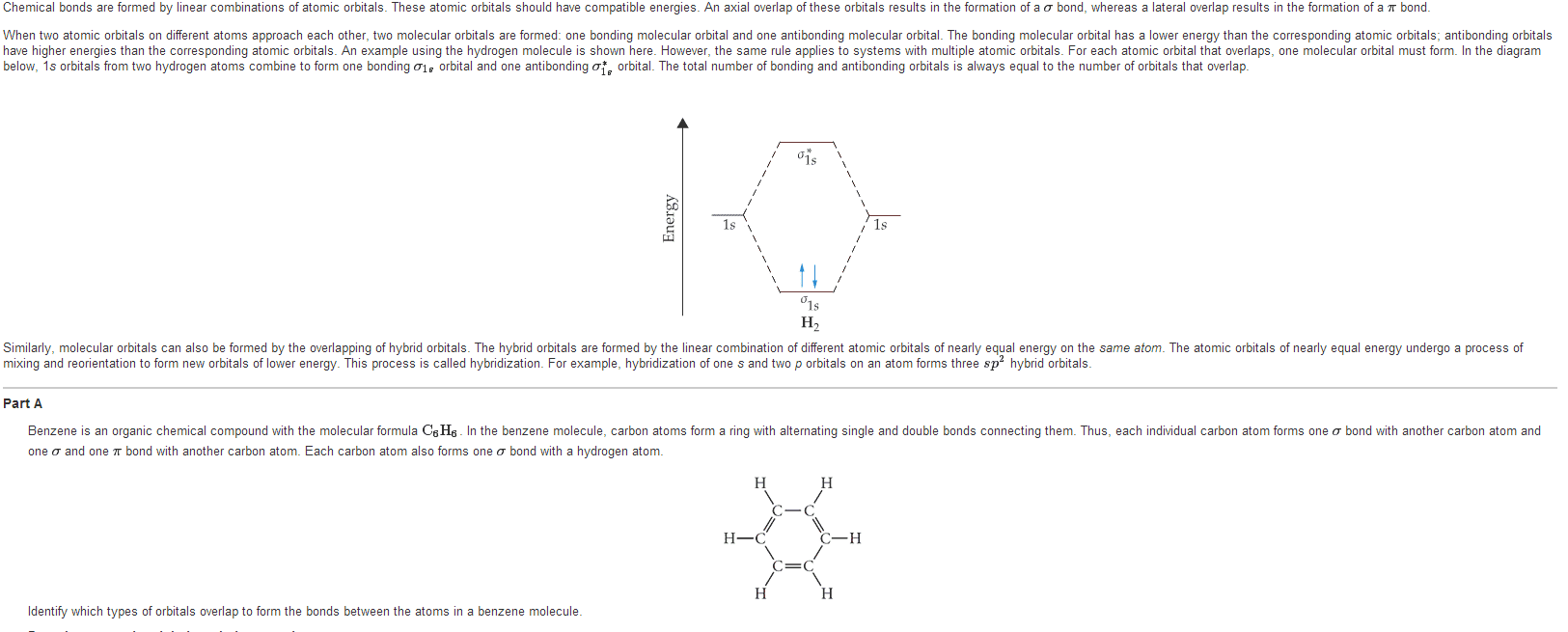CHEM 167 Lecture Notes - Lecture 7: Lewis Structure, Lone Pair, Octet Rule
Document Summary
Energy needed to go from solid to liquid. For a salt to be soluble in a solvent(water), solvation (hydration) energy has to overcome lattice energy. The covalent bond energy is at a minimum. Bond energy: energy released when isolated atoms form a covalent bond. Bond length: the distance between the nuclei of the bonding atoms when the potential. Based on the sharing of electrons between two atoms. Each pair of electrons contains two electrons and constitutes one bond: Sing bond: two electrons in one molecular orbital. Double bonds: four electrons total, two in each olecular orbital. Triple bond: six electrons total, two in each molecular orbital. The driving force behind bond formation is lowering of overall energy. Electron density distribuiton is different for isolated atoms and covalently bonded atoms. Formed when higher electron density or probability to find electrons to be stable. When atomic orbitals from different atoms overlap to forma a bond, energy ___.


